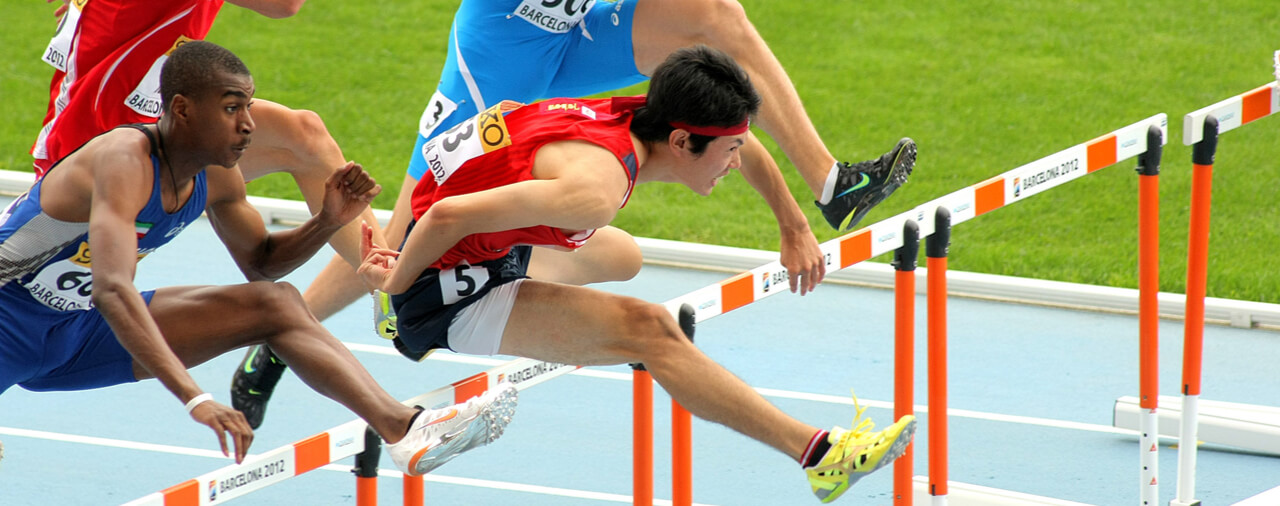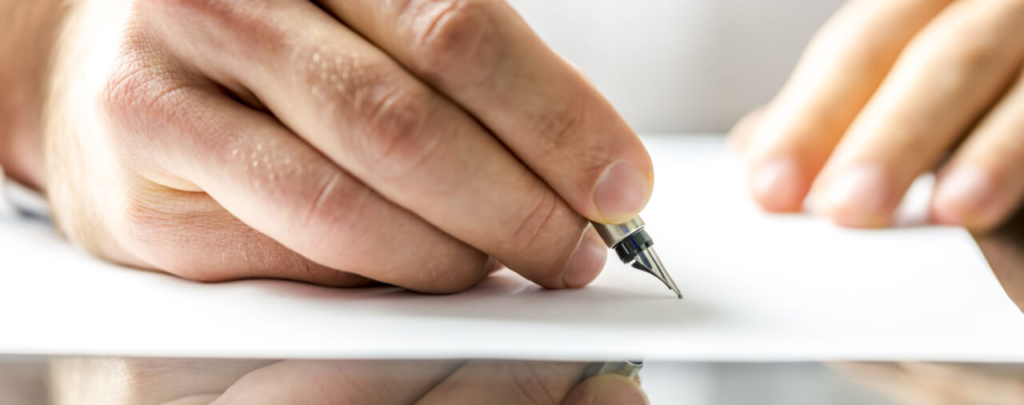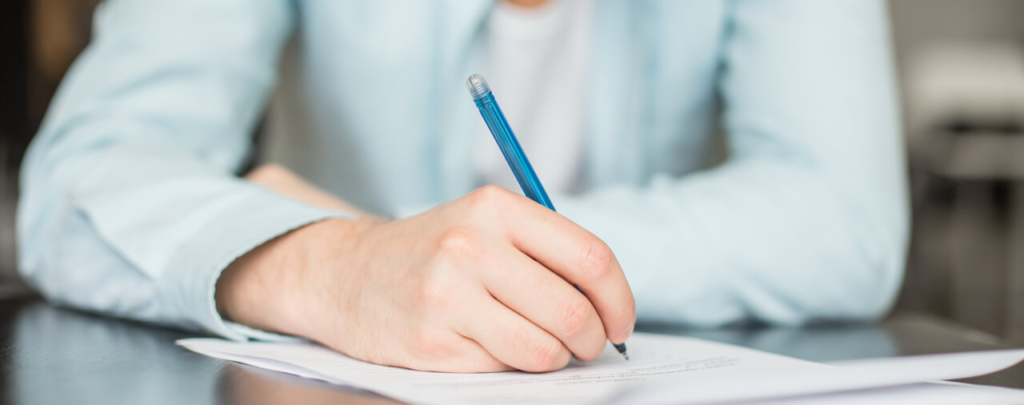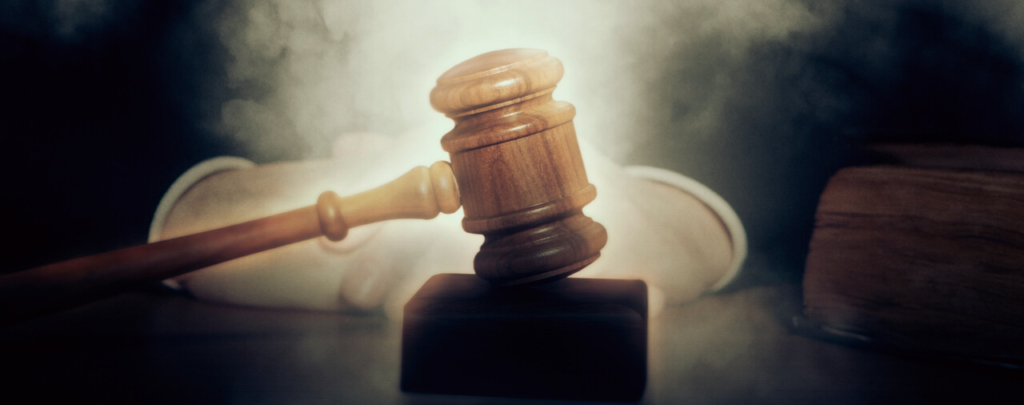- P1A Visa — Internationally Recognized Athletes Introduction
- P1A Visa Rules
- P1A Petition Process
- Approval of a P1A Petition: Extensions and Other Issues
- Conclusion — P1A Internationally Recognized Athletes
P1A Visa — Internationally Recognized Athletes Introduction
The P visa category is a nonimmigrant work visa category [see category] for: internationally recognized athletes (P1A); members of an internationally recognized entertainment group (P1B) [see article]; individual performers or performers as part of a group entering to perform under a reciprocal exchange program (P2) [see article]; or an artist or entertainer coming to be part of a culturally unique program (P3) [see article]. The spouse and children of principal P visa holders are eligible for P4 visas. In this article, we will discuss the rules and regulations surrounding the P1A category for internationally recognized athletes.
P1A Visa Rules
The P1A category is for internationally recognized athletes. The P1A category is available to individual athletes and to international teams (a team requires at least two members) coming to compete in events in the United States. Regulations define “internationally recognized” as “having a high level of achievement in a field evidenced by a degree of skill and recognition substantially above that ordinarily encountered, to the extent that such achievement is renowned, leading, or well-known in more than one country.”1
The statute authorizing the P1A visa category is found in section 101(a)(15)(P) of the Immigration and Nationality Act (INA). An athlete seeking a P1A visa must have a foreign residence which he or she has no intention of abandoning.2
The INA provides that in order to be eligible for a P1A visa, an alien must:
I. Perform as an athlete (individually or part of a group) at an internationally recognized level of performance;
II. Be a professional athlete as defined in section 204(i)(2);
III. Perform as an athlete, or as a coach, as part of a team or franchise that is located in the United States and a member of a foreign league or association of 15 or more amateur teams.
In the case described in sub-clause III (regarding amateur teams), the foreign league or association must be the highest level of amateur performance in the given country; participation in the league must render the athlete ineligible for an NCAA athletic scholarship; and a significant number of individuals who play in the league or association are drafted by either a major league sports team or a minor league.3
“Professional athlete” is defined in section 204(i)(2) as an individual who is employed as an athlete by:
A. a team that is a member of an association of 6 or more professional sports teams whose total combined revenues exceed $10,000 per year (if the association governs the conduct of its members and regulates the contests and exhibitions in which its member teams regularly engage); or
B. any minor league team that is affiliated with an association described in (A).
Figure skaters who perform either individually or in a group are also eligible for purpose of coming to the United States to perform in a theatrical ice skating production.4
The alien must be seeking a P1A visa to enter the United States temporarily and solely in order to perform as an athlete with respect to a specific athletic competition, or for figure skaters, in a specific theatrical ice skating production or tour.5
P1A Petition Process
The major regulations for the P visa categories are found in 8 C.F.R. 214.2(p) [PDF version].
The P1A visa category does not permit self-petitioning. A P1A petition for an athlete must be filed by a U.S. employer, U.S. sponsoring organization, U.S. agent, or a foreign employer through a U.S. agent.
A sponsoring organization may act as petitioner if it is an established U.S. organization that will not directly employ the P1A beneficiary, but will assume responsibility for the petition.6
When the petitioner is a U.S. agent, he or she must be in business as an agent, submit a compete itinerary of services and engagements for the P beneficiary, submit the contracts between the employer(s) and P beneficiary, and explain the terms and conditions of the P beneficiary’s employment.7
The P1A petition is submitted on a Form I-129, Petition for Nonimmigrant Worker. It must demonstrate that the P1A athlete is coming to the United States temporarily to perform at a specific athletic competition individually or as part of a group at an internationally recognized level of performance.8
The Form I-129 must include:
- A tendered contract with either a U.S. sports team or, in an individual sport, a tendered contract commensurate with international recognition in that sport (if such contracts are normally tendered), and
- Documentation of at least two of the following:
- (i) Evidence of having participated to a significant extent in a prior season with a major U.S. sports league;
- (ii) Evidence of having participated in an international competition with a national team;
- (iii) Evidence of having participated to a significant extent in a prior season for a U.S. college or university in intercollegiate competition;
- (iv) A written statement from an official of the governing body of the sport which details how the alien or team is internationally recognized;
- (v) A written statement from a member of the sports media or a recognized expert in the sport which details how the alien or team is internationally recognized;
- (vi) Evidence that the individual or team is ranked if the sport has international rankings; or
- (vii) Evidence that the alien or team has received a significant honor or award in the sport.9
Furthermore, the petition must include a consultation from the appropriate labor organization.10 This requirement is excused if no appropriate labor organization exists.11
If the Form I-129 is seeking a P1A visa for a team or a group and is seeking P1A classification for the team or group as an entity, all of the members of the team or group that are being petitioned for may be included on the Form I-129.12
If the petition is for a team, each individual beneficiary may obtain a P1A visa based upon the team as a whole meeting all of the requirements (with regard to international recognition, purpose for seeking the visa, etc.). If the athlete is being petitioned for as an individual, he or she must meet all of the requirements.13
A petitioner may appeal a denied Form I-129 petition for a P1 visa.14
Dual Intent Permitted
While a P1A athlete must have a foreign residence which he or she has no intent of abandoning, having an approved labor certification does not necessitate the rejection of a petition for P1 status. The same applies for petitions for extensions of stay. However, this does not apply for P1S support personnel. 15
Essential Support Personnel
Certain aliens may also qualify for P1S visas as “essential support personnel.” These are available for those who are an integral part of the performance of a P1 athlete or P1 team. According to the United States Citizenship and Immigration Services (USCIS) [PDF version], this may include aliens who are coaches, scouts, trainers, and other team officials and referees.16 The Form I-129 for essential support aliens must be filed separately. The following are the evidentiary requirements to support a Form I-129 for an essential support alien:
1. A consultation from a labor organization (if applicable) with expertise in the area of the alien’s skill;
2. A statement describing the alien(s) prior essentiality, critical skills, and experience with the principal alien(s); and
3. A copy of the written contract or a summary of the terms of the oral agreement between the alien(s) and the employer.17
If there is no appropriate labor organization to provide a consultation, USCIS will render a decision based upon the evidence in the record.18
The P1S visa is not available to an alien associated with a team that has no P1 beneficiaries (for example, a foreign team where every member is a U.S. citizen).19 A coach of a team with no P1A athletes may instead apply for an O1A visa [see article].
P4 Dependents
The spouse and unmarried child(ren) of a principal P1 beneficiary may obtain a P4 visa. A P4 beneficiary is ineligible for employment without obtaining employment authorization.20
Approval of a P1A Petition and Extensions of Stay
A petitioner may substitute individual beneficiaries on an approved P1A team prior to their obtaining a visa. The petitioner must submit a letter the consulate or point of entry post requesting the substitution, along with approval.21 However, after arrival, a new Form I-129 will be required to substitute a new member of the team on P1A status.
An individual athlete may be approved for the time needed to complete the event, competition, or performance, for a period not in excess of 5 years.22 An athletic team or group may be approved for up to 1 year.23 Essential personnel may be approved for up to 1 year.
Before the validity of the petition expires, the employer may file a Form I-129 to petition for an extension of stay for the beneficiary or beneficiaries. An extension may only be granted in order to continue in the same event(s) that were approved in the original petition. Individual athletes are eligible for an extension of up to 5 years, but may not stay more than 10 years in the aggregate.24 A group or team may be granted 1-year extensions. No supporting documents are needed to support an extension petition aside from a letter explaining the reasons for the request, unless such documents are requested by USCIS. The athlete or support person must be in the United States when the petition is filed.25
USCIS explained in a 2009 Memorandum [PDF version] that an individual P1A beneficiary may depart the United States after he or she has spent 10 years on P1A status, and subsequently apply for a new P1A visa instead of an extension of stay (for which he or she would be ineligible).26 The USCIS extended the same provisions in a second 2009 Memorandum [PDF version] to P1S beneficiaries associated with said P1A beneficiaries.27
A petitioner may not appeal the denial of an extension of status petition.28
P4 derivative beneficiaries associated with P1A beneficiaries are eligible for P4 visas so long as they continue to meet the requirements and the principal remains in P1A status.
Amended Petitions
If there is a significant change in the terms of employment of a P1 beneficiary, the petitioner must file an amended petition.29 USCIS may decide to revoke a petition at any time (for example, if it finds that the facts in the petition were incorrect or that the petitioner violated the terms or other requirements of P status), in which event the petitioner has 30 days to challenge the revocation.30
If an athlete is traded from one organization to another, his or her employment authorization will remain automatically with the new employer for 30 days. In that 30-day period, the new employer must file a Form I-129. The athlete will be able to work during the pendency of the new petition.31
Strikes
If a strike or work stoppage involving a labor dispute (certified by the Department of Labor) occurs during the pendency of an I-129 petition for an athlete, the petition will be denied. If the petition has already been approved, but the athlete has not yet entered the United States and commenced employment, the petition will be suspended and the athlete will be ineligible for admission with a P1A visa.32
If the athlete has already commenced employment, he or she will not be deemed to be failing to maintain status on account of not working during a Department of Labor certified strike or work stoppage. However, the athlete will be required to maintain all of the terms of P1 status during the pendency of the work stoppage, and will not be authorized to commence employment that he or she is not authorized for.33
Conclusion — P1A Internationally Recognized Athletes
The P1A visa category is often the best option for an athletic team, group, or individual athlete to compete in specific competitions in the United States. However, in certain cases, an individual athlete may be better served by an O1A visa [see article] provided that he or she can meet the more extensive eligibility requirements.
Due to the complexity of the P1 petitioning process, petitioners are well advised to consult with an experienced immigration attorney. This will help ensure that the petitioner submits the requisite evidence to support the petition.
- 8 C.F.R. § 214.2(p)(2)(iv)(H)(3)
- INA § 101(a)(15)(P)(i)(a)
- For the passage: INA § 214(c)(4)(A)
- INA § 214(c)(4)(i)(IV)
- INA § 214(c)(4)(ii)
- 8 C.F.R. §§ 214.2(p)(2)(i) and (3)
- 8 C.F.R. 214.2(p)(2)(E)(1)-(3); Memo, Neufeld, Acting Accoc. Dir. Domestic Operations, HQ 70/6.2.18, HQ 70/6.2.19 (Nov. 20, 2009)
- 8 C.F.R. 214.2(p)(1)(ii)(1)
- 8 C.F.R. § 214.2(p)(4)(ii)(B)(1)-(2)
- 8 C.F.R. §§ 214.2(p)(4)(iv)(A)-(B)
- 8 C.F.R. 214.2(p)(7)(F)
- 8 C.F.R. § 214.2(p)(2)(iv)(F)
- 8 C.F.R § 214.2(p)(4)(B)
- 8 C.F.R. § 214.2(p)(2)(iv)(C)(2)
- 8 C.F.R. § 214.2(p)(15)
- “P-1A Internationally Recognized Athlete,” USCIS, July 7, 2015
- 8 C.F.R. §§ 214.2(p)(4)(iv)(A)-(B)
- 8 C.F.R. 214.2(p)(7)(F)
- 8 C.F.R. § 214.2(p)(3)
- 8 C.F.R. § 214.2(p)(i)(iii)(D)
- 8 C.F.R. §§ 214.2(p)(2)(ii)-(iii)
- INA §214(a)(2)(B)
- 8 C.F.R. § 214.2(p)(8)(iii)
- INA §214(a)(2)(B)
- 8 C.F.R. § 214.2(p)(13)-(14)
- Memo, Neufeld, Acting Assoc. Director, Domestic Operations, USCIS, HQ 70/6.2.19 (Mar. 6, 2009)
- Memo, Neufeld, Acting Assoc. Director, Domestic Operations, USCIS, HQ 70/6.2.19 (July 14, 2009)
- 8 C.F.R. § 214.2(p)(2)(iv)(C)(2)
- 8 C.F.R. § 214.2(p)(10)(i)
- 8 C.F.R. § 214.2(p)(10)(iii)
- 8 C.F.R. § 214.2(p)(2)(iv)(C)(2)
- 8 C.F.R. § 214.2(p)(16)(i)
- 8 C.F.R. § 214.2(p)(16)(iii)
Resources and Materials:
Kurzban, Ira J. Kurzban’s Immigration Law Sourcebook: A Comprehensive Outline and Reference Tool. 14th ed. Washington D.C.: ALIA Publications, 2014. 991-96, Print. Treatises & Primers.
“P-1A Internationally Recognized Athlete,” USCIS, July 7, 2015, available at http://www.uscis.gov/working-united-states/temporary-workers/p-1a-internationally-recognized-athlete [PDF version]





